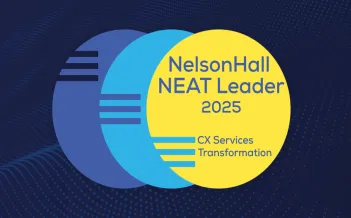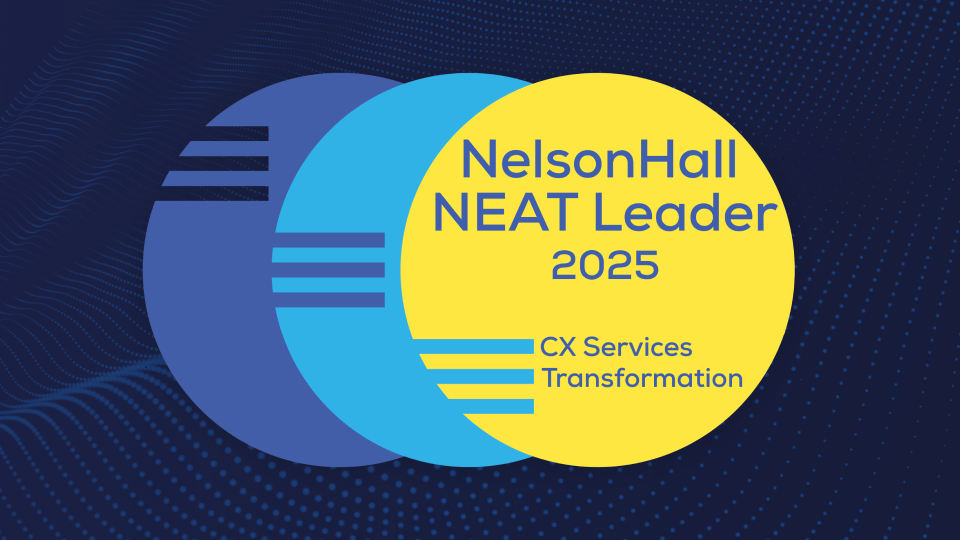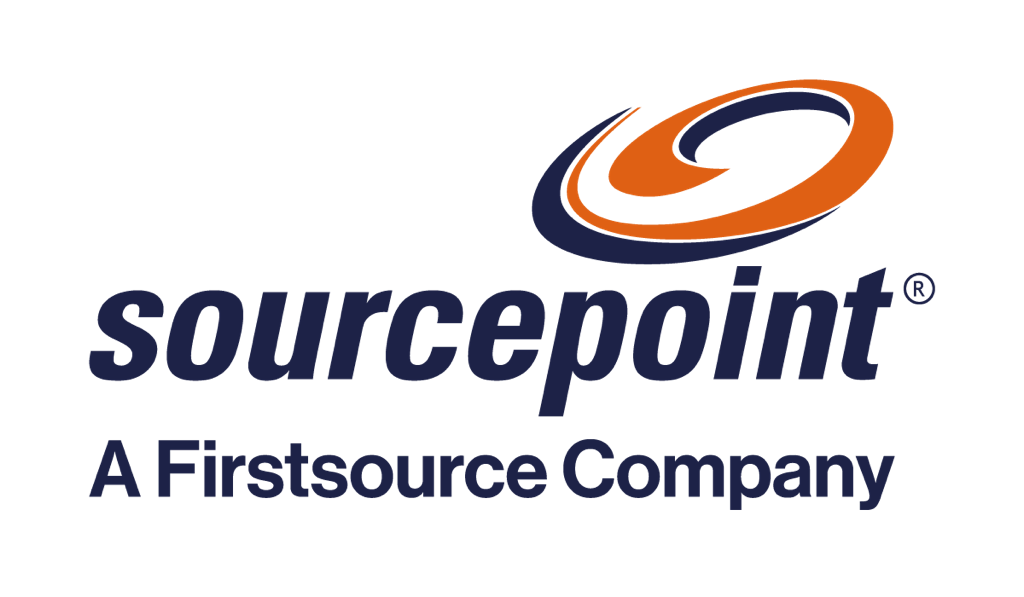Motivated by the threat of big tech, payers are finally starting to catch up with other industries and make innovative use of technology to give consumers the kind of experience they expect.
For decades, U.S. consumers have experienced interactions with their health insurance providers that feel confusing, bureaucratic, and indifferent. Care that their doctor has recommended gets inexplicably denied, obviously necessary procedures require infuriating weeks of paperwork and hoop-jumping, bills (and documents that look like bills) arrive in the mailbox listing startling costs. Sadly, frustrating interactions like this have been the norm in healthcare, but those days may be gone for good. Payers are now moving aggressively to fix their broken consumer experience, shore up their beleaguered brands and invest in getting their technology and business process houses in order.
Big Tech Companies Moving to Own Healthcare Consumer Relationship
The reasons for this shift have a lot to do with changes in government regulations, the emergence of ‘new breed’ payers like Oscar Health, and big tech’s increasingly aggressive moves into healthcare. This last may be the most significant driver because companies like Apple, Amazon, Google, and Microsoft are finally getting traction in healthcare. If there is one thing big tech knows how to do, its consumer experience. Insurers now understand that if they don’t start acting less like the DMV and more like Amazon, they will find themselves stuck in the back seat for healthcare’s next evolution.
Big tech is a significant and more imminent threat to the healthcare establishment than ever before. Changing healthcare laws and rules have fundamentally altered the way insurers manage risk and cost. The Affordable Care Act (ACA) made it illegal to deny coverage or charge the sick much more than the healthy; MACRA made value-based care the reimbursement model of choice. More recently, CMS’ price transparency and interoperability rules make it much easier for healthcare consumers to shop around and much more difficult for healthcare organizations to keep consumers in the dark.
All of this has created an environment where big tech is in a favorable position to leverage their vast consumer relationships to make headway in healthcare, and they are moving fast. Apple’s newest iOS health features are seen as a significant step in their journey to become the consumer’s front-end of choice for engaging the healthcare system. Amazon has made its intentions to expand its Amazon Care service to major metro areas across the country. The U.S. healthcare establishment has downplayed the big tech threat for years, but today they recognize that the threat is more imminent than ever before and must be taken very seriously.
Payers Investing to Counter the Big Tech Threat
As payers look to fend off the Silicon Valley invaders, they can leverage powerful advantages they enjoy as the long-standing incumbents: deep knowledge of healthcare, existing customer relationships, and extensive data on consumers and providers. On the other side of the balance sheet, they face a reputational crisis with consumers due to bureaucratic cultures, outdatEdTechnology, data scattered across siloed business units, a poor track record for customer service, and the perception that they are obstacles than enablers of, care.
Payers are getting aggressive and getting smart about turning things around. They recognize that brand loyalty is a battleship that will require significant time and energy to turn onto a new heading. Health plans are looking at both front- and back-end changes to radically transform how they interact with members. Ultimately, they want to eliminate internal bureaucratic mindsets and project a proactive desire to delight consumers. But to do that, they know they need to think outside of their traditional box, tap expertise from other industries, and get much much better at learning and communicating with their customers.
A New Era in the Consumer Experience of Healthcare
Today, health plans take member experience very seriously and invest in a wide range of new capabilities to change the way they interact with members and build new reputations as modern, digitally-driven, and consumer-centric organizations. These capabilities include omnichannel communications, telehealth services, digital intake, care facilitation apps, and much more. All are designed to facilitate better communications and take a more active role, leveraging clinical and claims data to interact with members intelligently and help guide them to the care they need. These initiatives will not only increase member loyalty and satisfaction but also reduce long-term medical costs.
Focusing on Communication
A centerpiece for payer organizations seeking to become more consumer-centric is transforming the way they communicate with members. It includes moving beyond the phone and fax machine and leveraging conversational voice/chat interaction, in-, and outbound digital engagement apps and communication centers to drive care participation, adherence and completion. Sophisticated digital communications modalities are new to most health plans. Therefore, they are increasingly outsourcing to partners with the kind of cutting-edge consumer communication experience they need, including intelligent apps, bots, and call centers that generate customized interactions on the fly based on member data.
Another important aspect of consumer sentiment is looking at generational and demographic differences in communication preferences. Younger people and people in certain parts of the country tend to prefer digital or asynchronous communications – secure text versus live conversation. Other groups, including many Medicare members, have been shown to respond very well to digital communications with structured options (e.g., “Press 1 to confirm your appointment”). Building brand preference across a diverse community requires multi-channel communications capabilities that can connect using paper, text, telephone, web portal, and apps and be ready to adopt whatever new forms of preferred communications emerge next.
Leveraging the Incumbent Advantage
Knowing a lot about your customer is a significant advantage. Amazon is famous for amassing extensive data about consumers, using it to intelligently guide the shopping experience and make it incredibly easy to buy. Health plans also know a ton about their customers, having built detailed individual profiles including clinical, financial, and demographic data. They also tend to know a lot about the communities their members belong to and the prominent health issues they face. This is a powerful resource, but it is also a double-edged sword because health plan members expect their insurers to know them well. When their insurer fails to get the data and communication right, they can pay a very steep price to consumer loyalty.
A new age of payers at the center of the health consumer relationship is upon us. Motivated by the threat of big tech, payers are finally starting to catch up with other industries and make innovative use of technology to give consumers the kind of experience they expect. The first movers will be positioned to take maximum advantage of this trend and will need to partner with experts for the technology, best practices, and process improvements required for long-term success.
This article was written by Venkatgiri Vandali, Head- Healthcare at Firstsource and was first published on Medcity News










